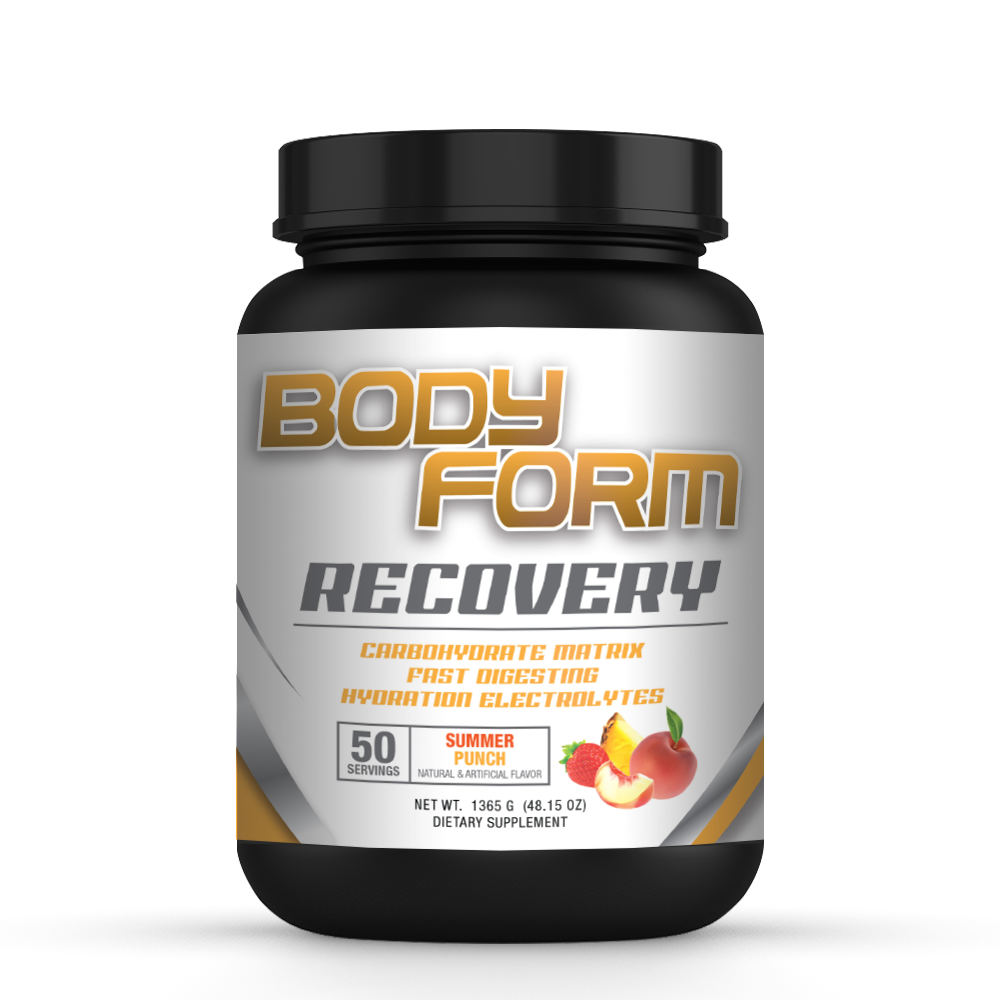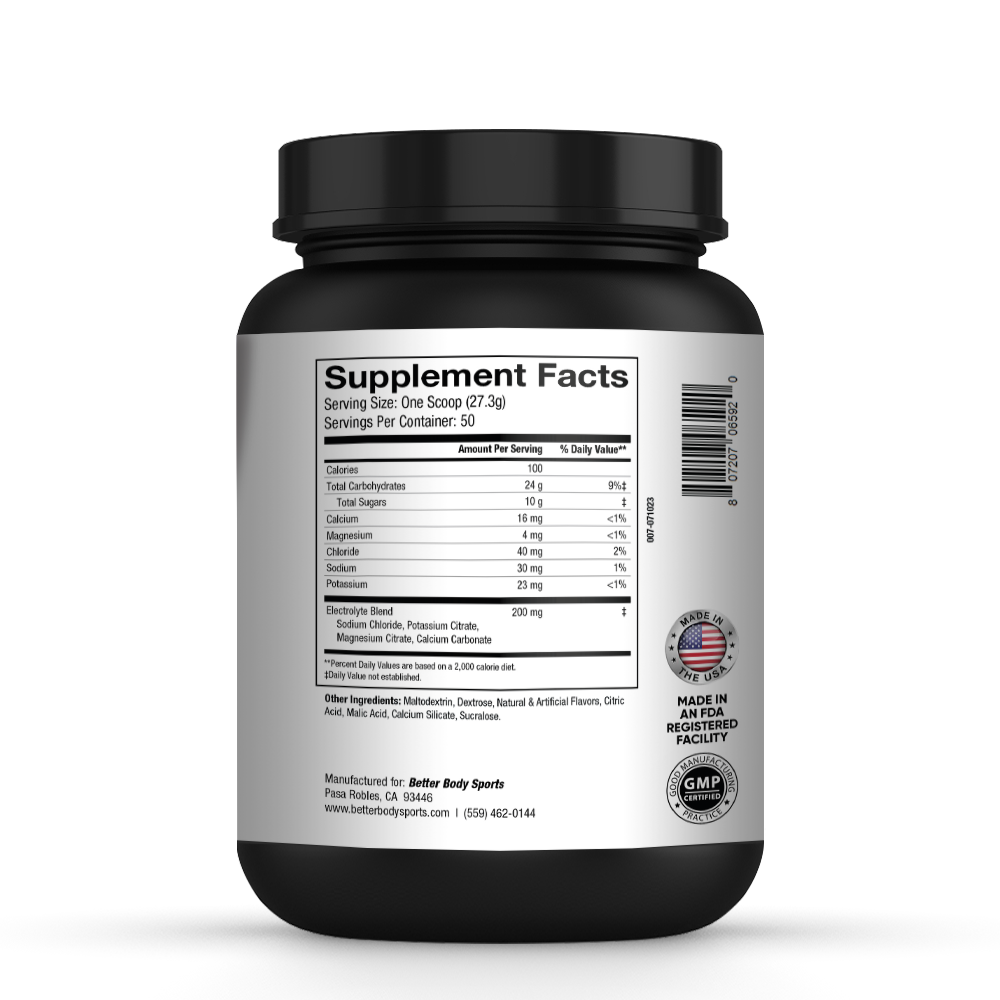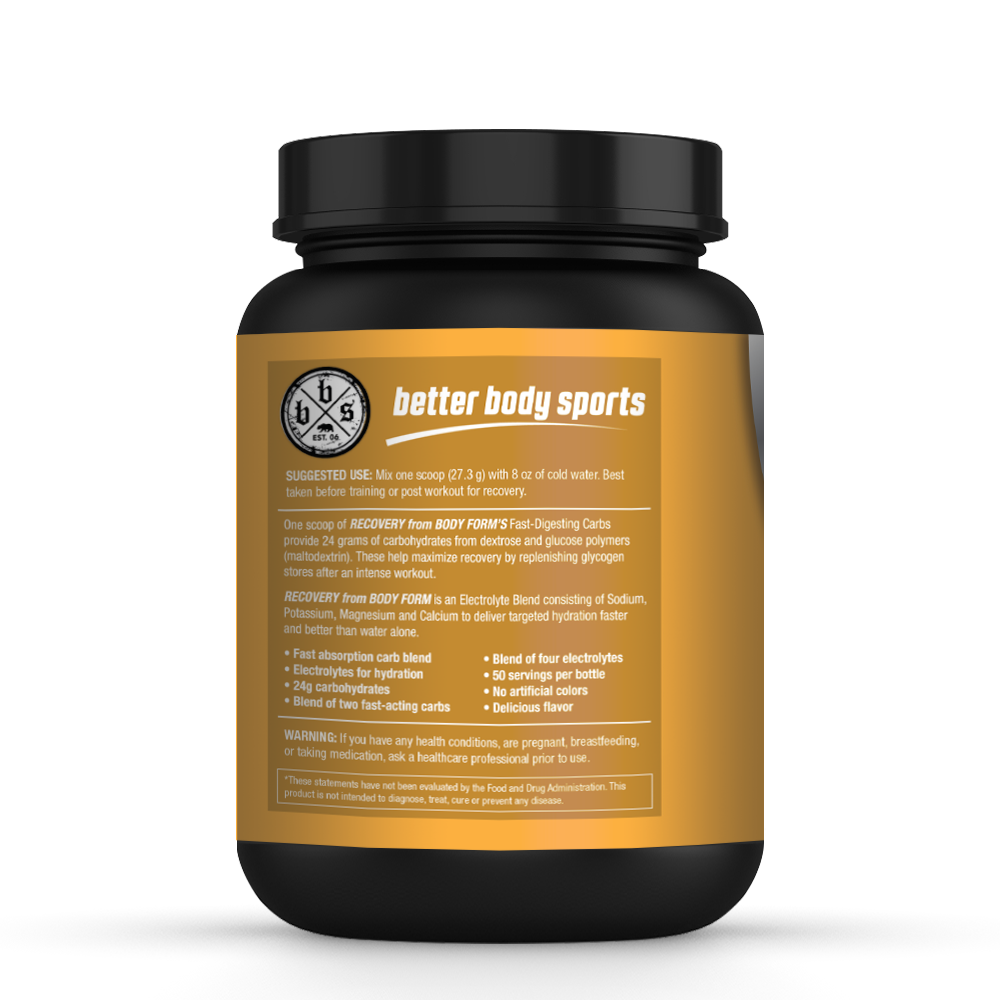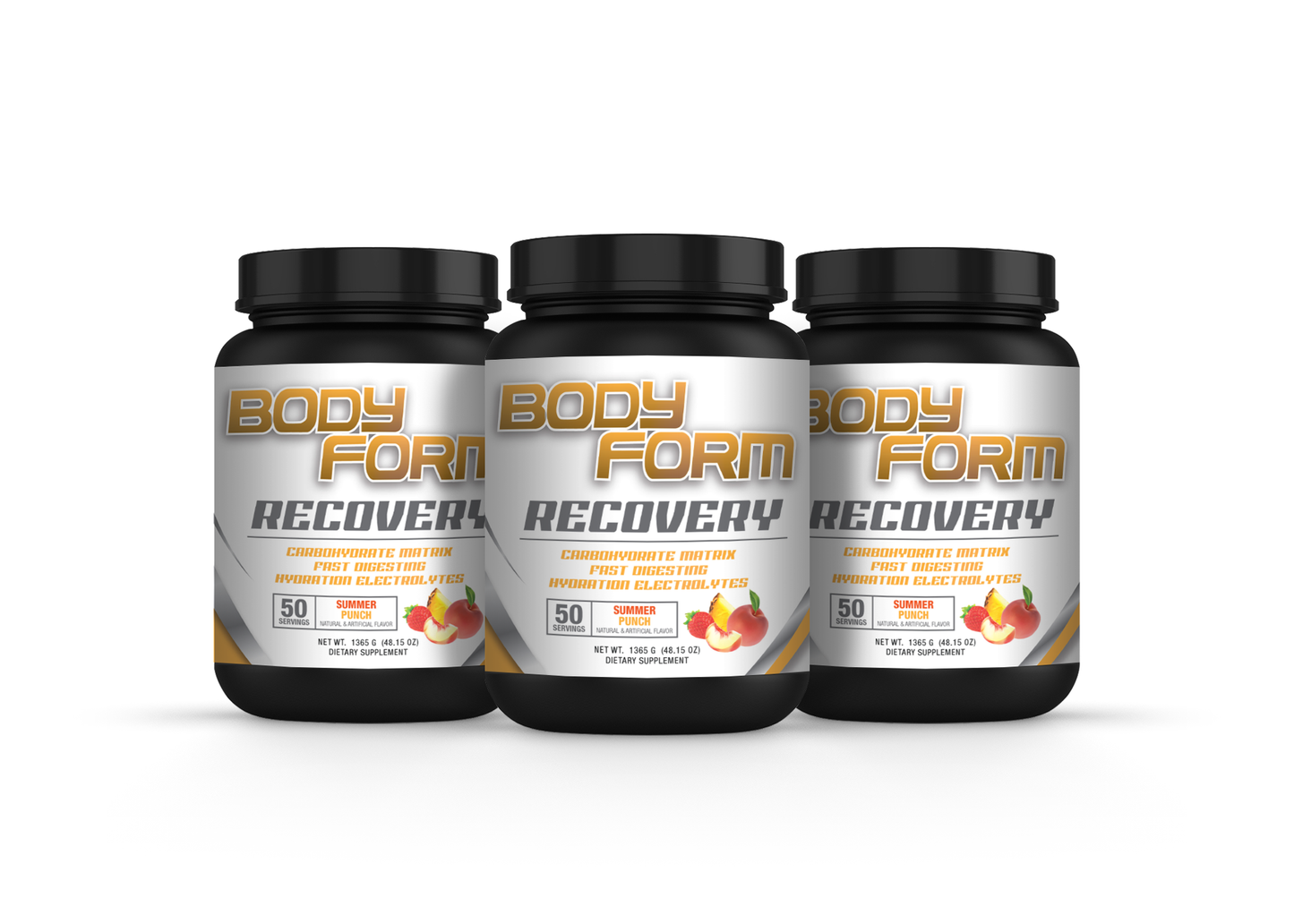
Carb Cycling For Contest Prep
Share
Carb Cycling For Contest Prep
What follows is a tried-and-true contest prep program. A plan that strips off fat, revealing the rock hard, striated muscle that lies beneath. By controlling carbohydrate intake and maximizing protein intake, we can coax our bodies to use stored fat as the primary energy source while preserving muscle. We are talking about carb cycling for contest prep!
Created for and designed by bodybuilders, this contest prep method is a proven diet strategy. No matter what your experience level, it can help you get shredded come showtime. You will gain control of your body, your metabolism, and lose fat while preserving or potentially building more precious muscle tissue.
Effective fat loss means coaxing the body into using the energy stored as fat for fuel, while avoiding the breakdown of lean tissue for the same purpose.
Maintaining Muscle Mass
Losing fat is not that difficult. It’s the keeping of lean mass while you’re dropping the burdensome excess body fat that is the real trick to contest prep. Heck, this is what the entire world is after, right? – The secret to keeping muscle while losing fat? Yep, it’s the million dollar answer to the mysterious conundrum of modern culture – “how do I get leaner without losing muscle mass?”
Specifically, in the sport of bodybuilding, the goal of contest prep is two-fold. It is this double-edged sword: Effective fat loss, coinciding with muscle retention and even new lean mass acquisition.
The tenets of effective contest prep
- Lift big to stay big – progressive resistance training is one key to changing your body composition, the key to fat loss and muscle growth and retention.
- Eat anabolic so you don’t get catabolic. Start “cycling”… see below.
- Supplement wisely: Natural supplements can fill in the nutritional gaps too:
- Protect your anabolic pathways while aggressively targeting fat mobilization and utilization.
- Support maximum physical and mental performance while targeting fat loss
Key point:
*Carbohydrates are the body’s preferred energy source (fast-absorbing, easy to use) for physical activity. To tap into fat stores, carbohydrate intake must be low enough, and sustained long enough, to drop liver glycogen to levels that trigger fat utilization.
In the absence of sufficient carbohydrates, we need another source of fuel. The body will use both fatty acids (from ingested or stored fat) and amino acids (from ingested protein foods, or ultimately from muscle tissue. This process is called gluconeogenesis, is the actual key to fat loss, muscle retention and body recomposition).
Why Carb Cycling is Important
So, OK, we get it. Limiting ingested carbs for a sustained period will coax the body into prioritizing fat utilization for fuel. So, why not just drop carbs altogether, and keep them out of your meal plan, ongoing?
Keep in mind that the body is incredibly adaptive. Any stimulus placed on the body for a sustained period, whether it be cardio, resistance exercise or any sustained dietary approach, over time, will cause eventual adaptation. The law of diminishing returns applies. Basically, any nutritional program that uses a sustained, consistent calorie or nutrient intake will eventually lead to less effectiveness.
The body is smart. It does not want to operate in an energy deficit. So, it “down-sizes” the engine, becomes more energy efficient, performing daily activities with less energy as any caloric-restriction drags on…resulting in what some refer to as “metabolic down-regulation”.
How Carb Cycling Can Help
To counter this adaptive response to ongoing low-calorie / low carbohydrate intake, metabolic slowdown, we must keep the body guessing. We can achieve this by cycling calories and carbohydrates in a carefully calculated manner. And we do it in such a way that will also maximize fat utilization, specifically, while avoiding the use of stored amino acids, for energy.
With carb cycling, the goal is to operate the body in a mild calorie deficit, while maintaining a protein surplus daily. This macronutrient intake protocol keeps the body burning fat as a preferred energy source. Providing for sufficient and even surplus amino acid intake, keeping the body in an anti-catabolic / anabolic state.
Carbohydrate “cycling” refers to the process of systematically varying the caloric and carbohydrate intake, keeping the metabolism guessing, with little potential for adaptation. By carefully fluctuating calorie and carbohydrate intake, you’ll avoid the metabolic down-regulation that occurs with an unchanging, steady-state calorie intake, or a calorie restricted fat loss plan.
In this program, we will create 2 distinct meal plans. A low carb day meal plan, and a high carb day meal plan. We will then alternate them in a specific pattern.
EAT TO LOSE – Lose the FAT, that is!
Effective fat loss means coaxing the body into using stored energy for fuel, while avoiding the breakdown of lean tissue for the same purpose.
Lose the fat – the stuff that’s weighing you down, inhibiting your performance or obscuring the details of your physique; protect and preserve the functional, shapely muscle tissue.
In recent years, there has been a resurgence in the high-protein, low-carb diet protocols. Bodybuilders have practiced this style of nutritional manipulation for years and have been able to achieve the leanest-looking physiques humankind has ever seen.
The idea of cutting back on carbohydrates while raising protein intake is a common nutritional strategy for bodybuilders. They have used this strategy years to get the extreme lean-ness that is characteristic of these athletes as they prepare for competition. The reason this type of high-protein/low carb contest prep dieting became popular? It works!
… At least for a while.
Why We Need to Cycle Carbs
The body is incredibly adaptive. As with exercise or any other stimulus applied to the body, we must keep the law of diminishing returns in mind. Basically, any single program of controlled calorie or nutrient intake will lead to less and less response from our bodies. Carbohydrate “cycling” refers to the process of systematically varying the caloric and carbohydrate intake, to keep the metabolism guessing, with little potential for adaptation. By carefully fluctuating calorie and carbohydrate intake, you’ll avoid the metabolic down-regulation that will occur with simple calorie restriction.
The Simplified Carb Cycling Plan
The Simplified Carb Cycle is a 5-day pattern of 4 low-carbohydrate days followed by 1 high-carbohydrate day. The meal plans for each of the phases of the diet are very similar. Protein forms the backbone of the meal plan for each day and will remain constant throughout both high- and low-carbohydrate days.
In a carb cycling plan, fat remains low and constant. Remember that this diet is an aggressive program designed for fat loss results. We do not mean for it to be a long-term nutritional program. But, for purposeful fat loss, this program will help you strip away that stubborn fat, to keep your physique fit, trim and powerful!
To create your meal plan, start by determining your daily protein needs, based on the following general guidelines:
Protein:
1.5-2.2 grams per lb of bodyweight for men
1.2-1.7 grams per lb of bodyweight for women
We base protein intake on perceived intensity of daily physical activity (the more intense exercise activity you do each day, the greater your protein needs will be). Remember, dietary protein is your primary fuel source on this program.
Carbohydrates:
High carb day: carbohydrate intake equals 100% of protein intake in grams
Low carb days: carbohydrate intake equals 30% of protein intake in grams
Fats:
Fats will remain low, negotiable. Include EFA’s in your supplement regimen in place of dietary fats. Only 20% of total calories should come from fats.
Divide your nutrient totals over 6-8 meals, spaced evenly throughout the day. Choose from low-glycemic carbohydrates for all carbohydrate meals.
- Create your meal plan and begin your cycle.
- Keep cardio and activity level consistent.
- Monitor your bodyweight over the first 2 5-day cycles.
The goal is to lose 1-1.5 pounds per cycle (no more). It may take 2-3 runs through the 5-day cycle to fine-tune your diet. If bodyweight does not drop after 2 cycles, increase cardio calorie burn by 100 grams per day, x 5 days (or 500 calories per week, total)
If weight fluctuates more than 2 pounds per cycle, it means calorie intake is most likely too low. Increase protein by 25 grams per day, each day. Monitor weight for ongoing fluctuations. As your meal plan progresses, make these adjustments as recommended to keep the metabolism racing, and the fat coming off.
You’ll also want to be careful as you progress; the leaner you become, the harder your body will work to hold on to fat stores. This means that protein becomes a target to compensate for any calorie deficit induced by increased cardio activity or calorie restriction. Keep a close eye on your weight, and strength and energy levels. You’ll feel a bit depleted on the last of your low carb days, especially the leaner you get. This is because your body will work hard, digging deeply into the last bit of stored energy in your fat cells.
This is where sports nutrition plays a role. Fat loss products may help the body target stored fat to use for energy. A good strategy when used with specific protein and amino acid supplements, designed to protect lean tissue, while facilitating fatty acid utilization.
Insulin’s Role in Carb Cycling
Insulin is a hormone produced in the pancreas in response to a rise in blood sugar. This response occurs following ingestion of carbohydrates and their subsequent absorption into the bloodstream.
Insulin is the “gatekeeper” hormone because it facilitates uptake of nutrients from the bloodstream into the cells of the body. It handles the cellular uptake of plasma glucose (from the carbohydrates we ingest) and amino acids (from our dietary proteins). Keep in mind, though, that Insulin is also responsible for fat storage!
Since the secretion of insulin is stimulated by carbohydrate intake, and insulin regulates fat storage, by controlling the amount and type of carbohydrates ingested, we can minimize fat storage. With insulin levels in check, the body will look to alternative sources of energy as blood sugar and stored sugars as we metabolize liver and muscle glycogen.
As stored sugar levels fall, the body will look to amino acids and fatty acids for energy. Keeping dietary protein intake sufficiently high will “protect” muscle proteins; controlling fat intake facilitates the eventual mobilization and utilization of stored fats for energy. This solving this temporary “human energy crisis” that is created by increased energy demands (from exercise) and decreased energy supply (slightly reduced food/fuel intake).
Carb Cycling: A Simple But Disciplined Process
Getting ripped isn’t rocket science, but it is an extreme process. The body doesn’t want to go into the sub 5-7% range – it’s outside the body’s comfort zone. But, if it were easy to be pretty, we’d all be walking around, like the cover of men’s health, right? It’s part nutritional bio-science, a bit art, and a whole-lot of effort. But, you’re an extremist, you train like a superhero to compete and be the best you can be.
Hard work is just another part of your day. Try this no-holds-barred nutritional approach to contest prep and just watch what happens to your physique. Better yet, watch what happens to your competition. And watch the look on their faces when they face you. You now have the tools in your arsenal to exceed your own extremes.





